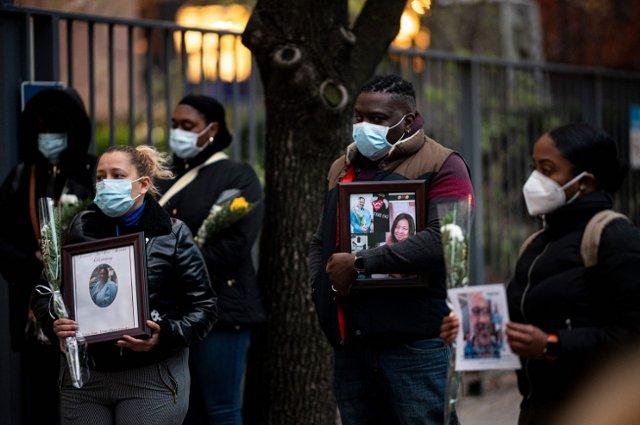-
About
-
Academics
- Physician Assistant
- Special Master’s (MBS)
-
Admissions & Financial Aid
- Tuition & Fees
-
Student Life
-
Research
- Research Labs & Centers
-
Local & Global Engagement
- Global Health Program
Why People of Color Are Suffering More from COVID-19
The health disparities faced by people of color are shown in stark relief by the pandemic, say Tufts experts

The statistics are shocking. As of mid-June, Black Americans have been hospitalized or died from COVID-19 at a rate about five times that of white Americans, according to the U.S. Centers for Disease Control. Other people of color have experienced much higher hospitalization and death rates than whites as well.
A recent report indicated that if people of color had experienced the same mortality rate as whites, as of late May, more than 14,000 Black Americans would still be alive, along with 1,200 Latino Americans and 400 indigenous Americans.
Tufts experts in public health and community health said they are not surprised by these numbers. “Even prior to the COVID-19 pandemic, we were already in a public health crisis,” said Adolfo Cuevas, an assistant professor of community health in the School of Arts and Sciences. “More than half of Black individuals have a chronic health condition” such as diabetes or high blood pressure, he said, which predisposes people to suffer from the COVID-19 virus. “The racial difference is striking already.”
“I think the mortality and morbidity that we’re seeing in COVID-19 is directly related to decades of systemic racism and the impact of racism on communities of color,” said Ndidiamaka Amutah-Onukagha, an associate professor of public health at the School of Medicine. “Racism plays out in the rationing of equipment for people who are testing positive for COVID and even in back room decisions about who is eligible to get tests.”